While both Kia and its parent company, Hyundai, can be stated fairly as ruling-the-world-roost in South Korean car manufacturing terms, there are still a few brands, of which you might not be so aware. Take Ssangyong, as an example. It is now owned entirely by the Indian Mahindra Group, having endured a troubled existence as a single brand, marketed subsequently by the ill-fated Daewoo (remember it?), before being subsumed into broader General Motors ownership but, then, hived off to Mahindra. Another one is Samsung.
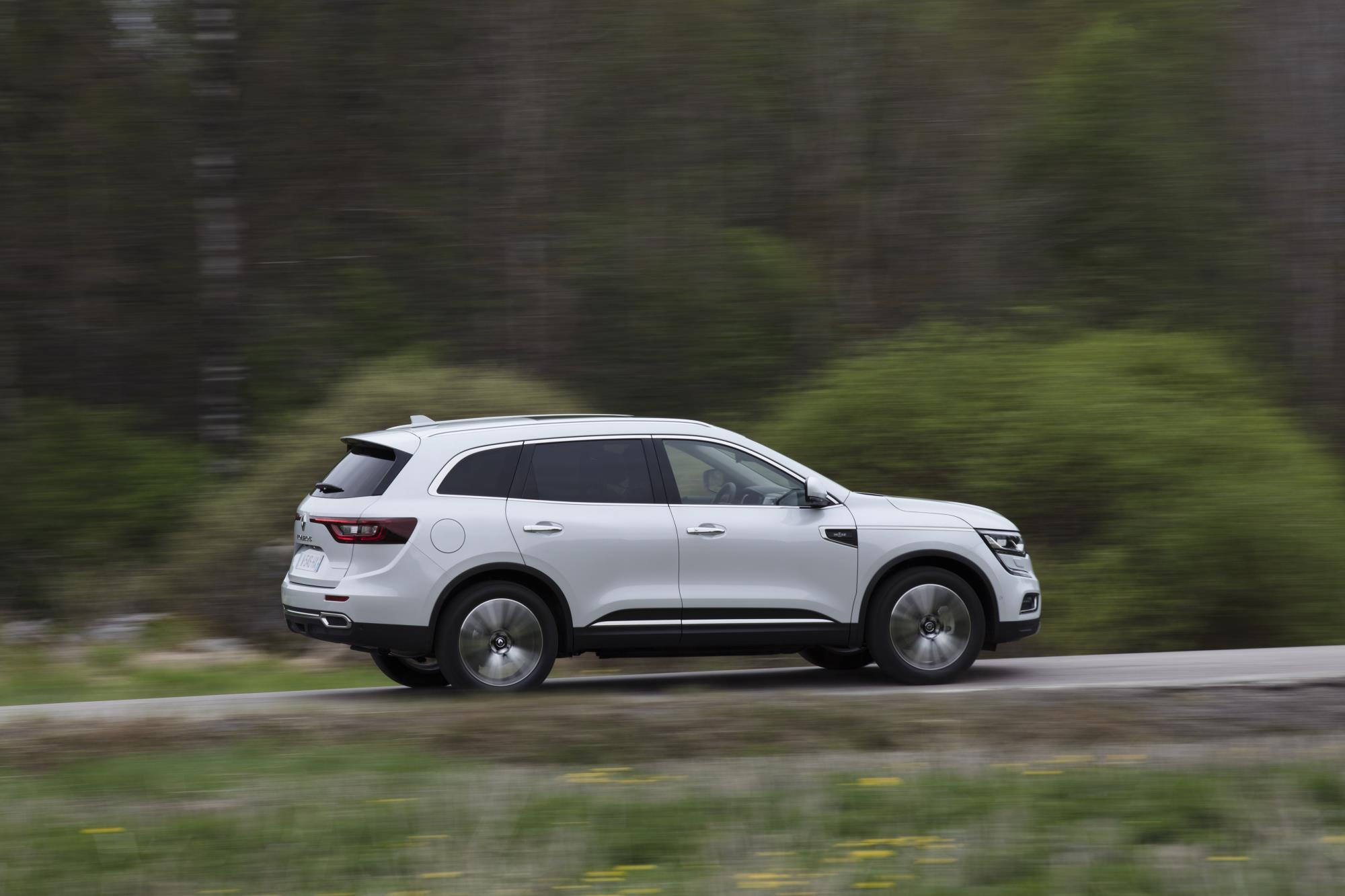
Established originally in 1994, under the Korean ‘chaebol’ system, which is effectively ‘family ownership’, Samsung is a name more familiar in the west to owners of mobile communications devices, refrigerators and quite decent electrical goods. Some of its heavier earthmoving equipment rivals the products of British JCB. Sadly, for a relatively new car company, its future was dealt a death blow, with the collapse of the Asian economy in the late-1990s.
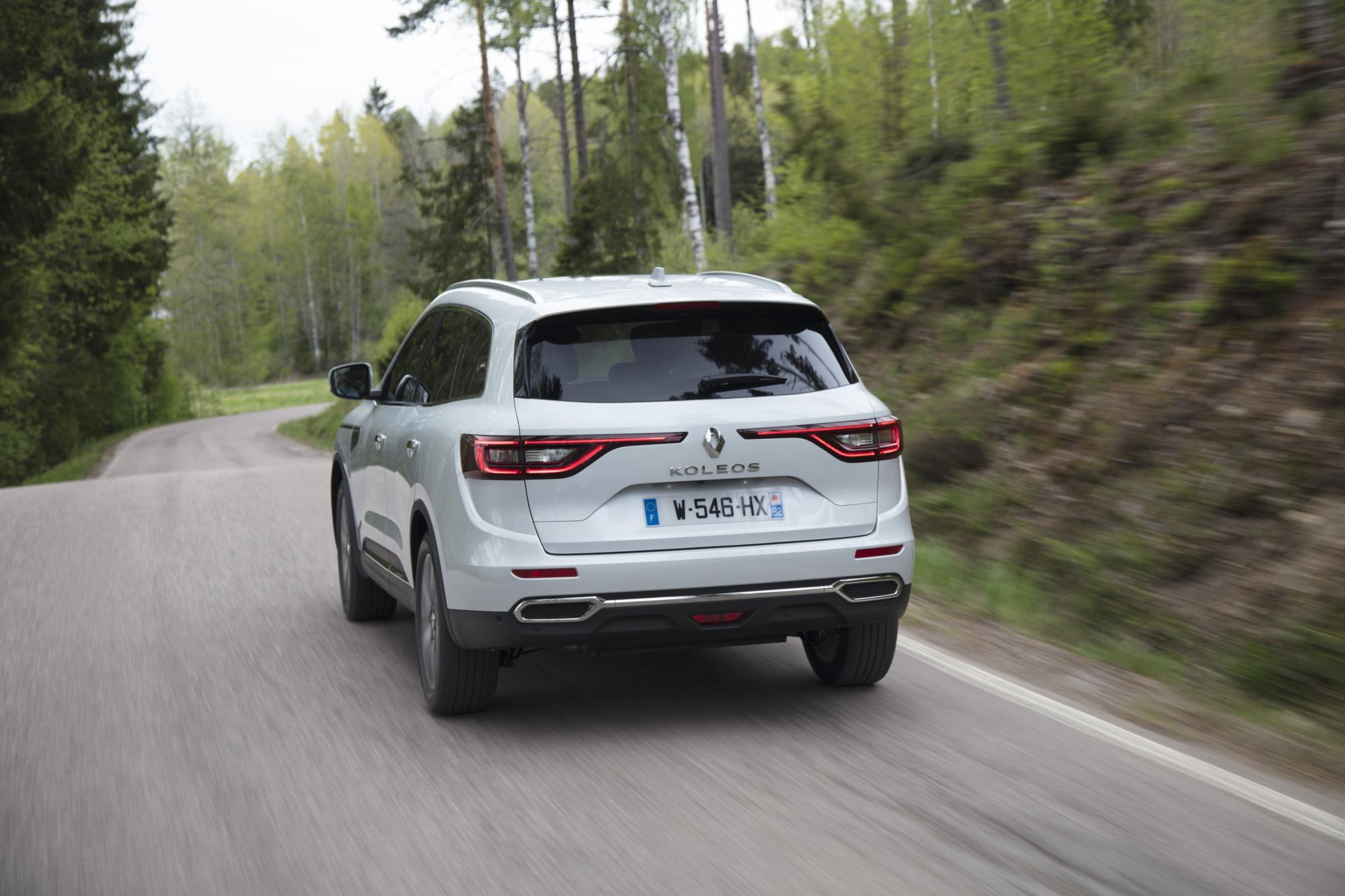
Initially, Samsung established a shared technology relationship with Nissan but, by 2000, Renault had acquired the bulk of its stock and a new car company was set-up, most of its products becoming little more than Renault-Nissans marketed under the Samsung Renault Motors (SRM) flag. With the on-going growth of the SUV sector and both Renaults Captur and Kadjar enjoying tremendous sales successes, as a result of their cuteness and competence (respectively), Renault determined that the larger category of European SUV warranted a player possessing its own raft of user benefits. It called on SRM.
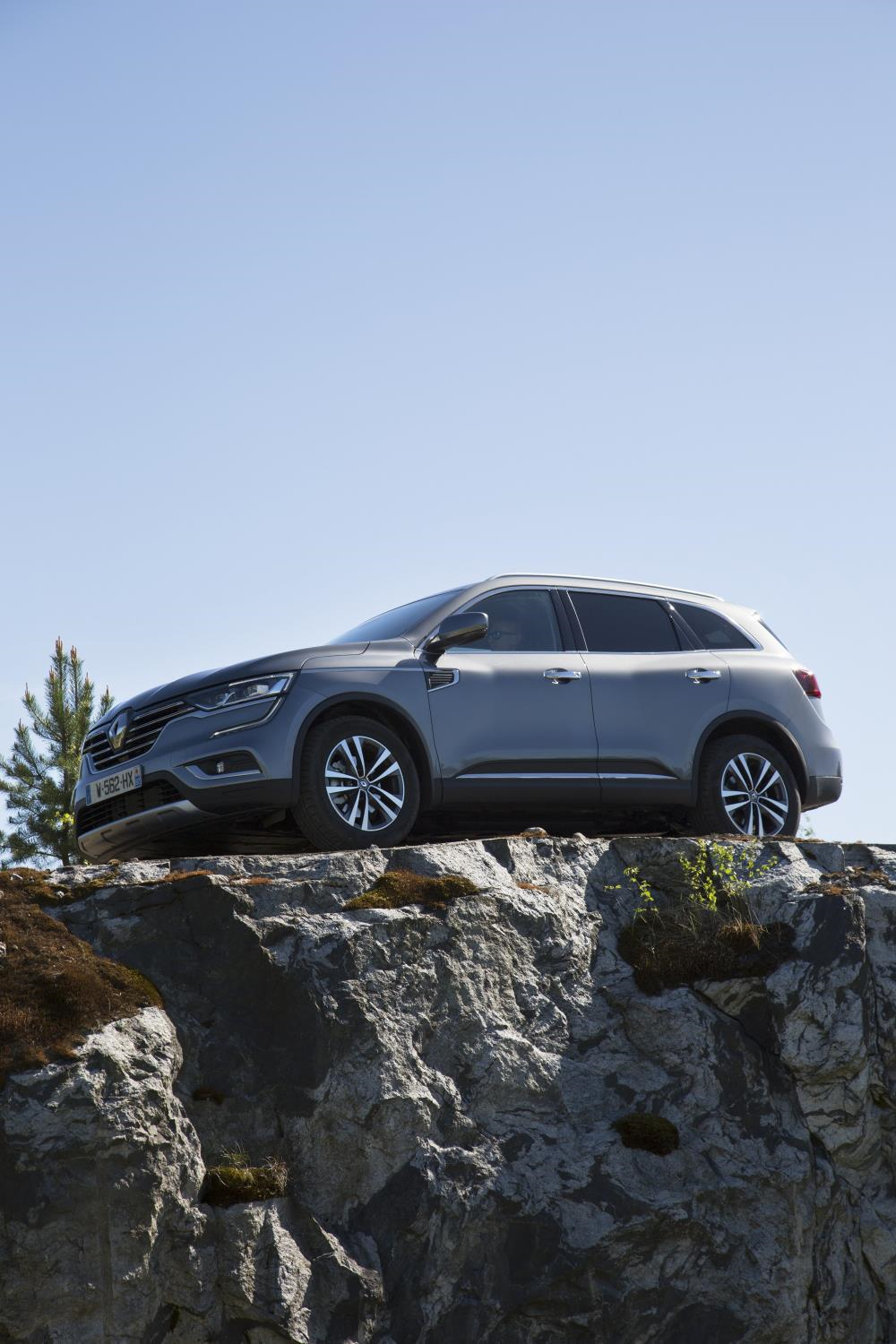
Taller, wider and potentially roomier than the first-rate Nissan X-Trail, upon which both Kadjar and Koleos are based, it could be presumed that the latter model factors-in a wealth of well-established features. Koleos is not a new name to Renault, as its previous iteration was based on the ubiquitous Scenic model and, despite the might of Renault’s marketing machine, it was not a runaway success. However, Renault removed the former model from its product list and, after a few years, has reintroduced the name, in the hopes that consumer memories will be short.
Of course, the Kadjar model hit the medium-size SUV nail on its head from the outset. Sharing all of its technology with Nissan’s superb X-Trail, anything less than total market acceptability would have been inexcusable. By comparison, with a choice of just two trim levels, Dynamique and Signature, and two engines, the trusted 1.6 and 2.0-litre turbo-diesels, with 4x4 featuring only on the 2.0-litre variants (front-wheel-drive on the 1.6), and with prices starting at £28,045, prior to FCD discounts being applied, Koleos does give off a tentative, if promising whiff.
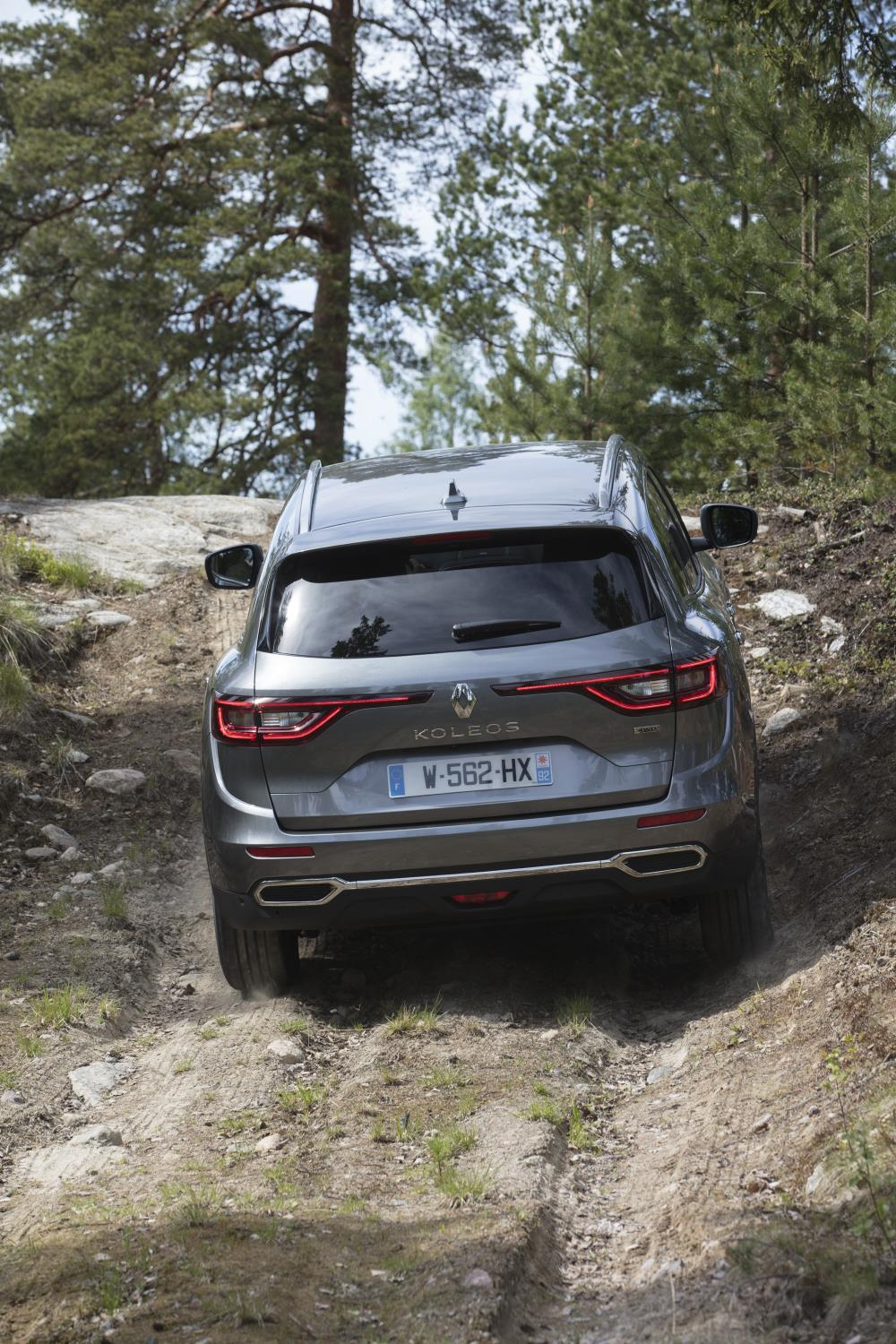
Allow me to give you the technical statistics for the 1.6dCi (with the 2.0-litre figures in brackets). Power is a decent 127bhp (174bhp), accompanied by a solid 236lbs ft of torque (280lbs ft). It is enough to afford the Koleos a 1.6-tonne towing capability. The performance figures are respectable, with 0-60mph being despatched in 11.1s (10.4s), before running out of steam at a top speed of 115mph (126mph). The engines are renowned for their efficiency, with an Official Combined fuel return of 57.6mpg (50.4mpg) and CO2 emissions of 128g/km (148g/km), which equates to a first-year road tax charge of £165 (£205), followed for both by standard-rate annual fees of £140. The Koleos is an affordable proposition.
With just two of Renault’s higher trim levels available, which infers a more up-market status, there is no denying the on-road presence of the Koleos. When the current Megane range was introduced, a much fresher styling stance, with bolder use of signature day-time running lamps, became the order. Carried onto the Koleos and accentuated by the striking chrome strake that runs back from the headlamps to the leading edge of the car’s front doors, the application of ‘bling’ is intended to appeal to the magpie aspect of human nature. Koleos is an impressive structure.
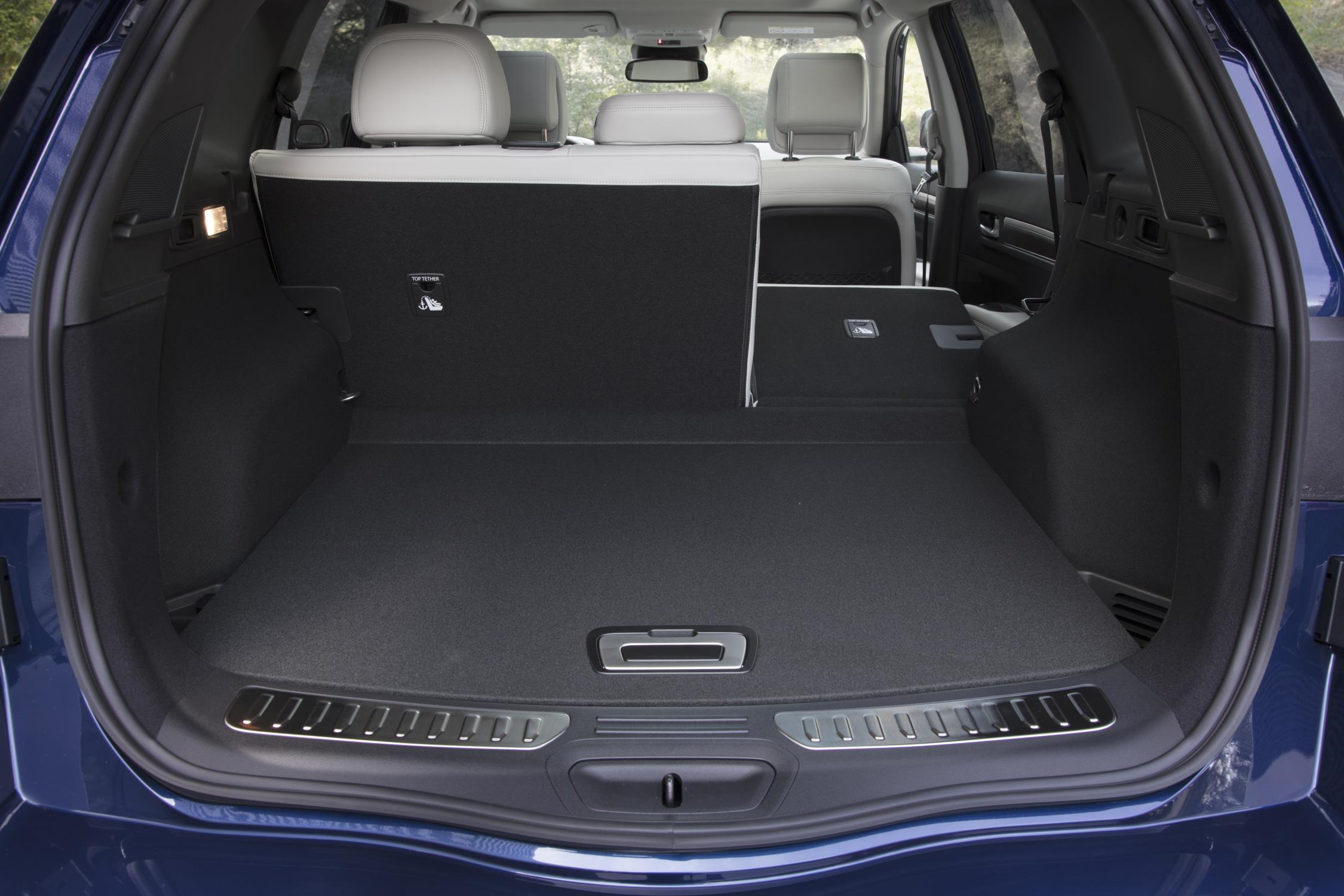
Turn to the interior and you might be mildly disappointed. After all, despite the greater overall dimensions, there is not even an option to install a rearmost row of seats for smaller occupants; Koleos is a strict five-seater. The hatchback load height is flush with the rear carpet, which means that there is no unfortunate dip in the well-shaped boot, although its capacity (rear seats up) is only a modest 458-litres. A 60:40 backrest split aids practicality but offers only limited flexibility.
Fortunately, the command end of the cabin is significantly better proportioned and even a driver of my two metres height has absolutely zero issues with leg, head, or hip-room, even with the slightly encroaching electric-opening sunroof. There is a real ‘big car’ impression conveyed by the cabin that is continued in the spacious rear, where there is space in abundance for three-abreast seating. Cabin storage is also well considered, with pockets, compartments and slots available for the customary in-car clutter…of course, to ‘eradicate’ the clutter!
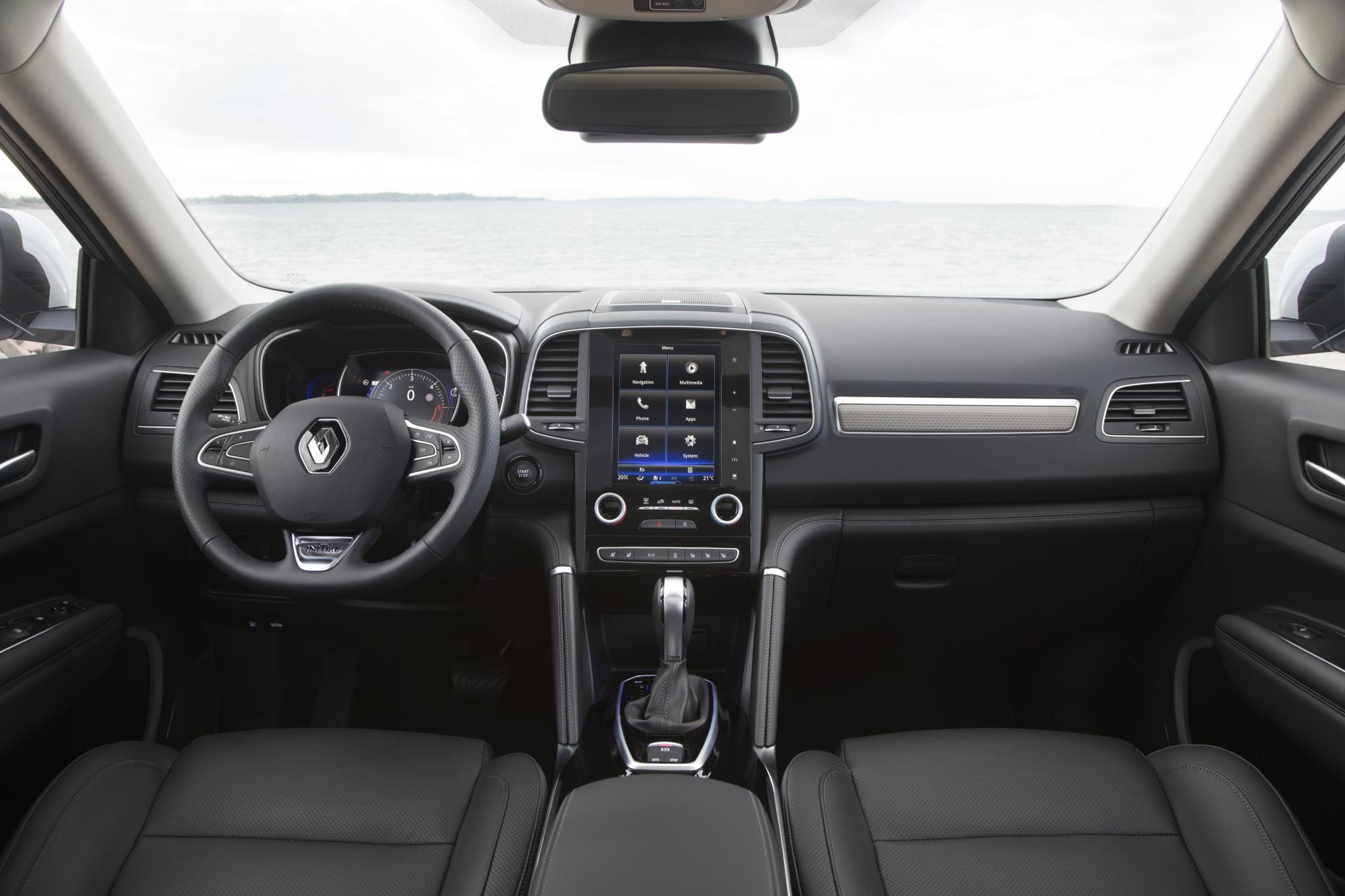
Comfort levels are good, with plenty of soft-touch surfaces, fine quality leather and pleasantly textured plastic moulded trim. I have never been a fan of fake wood trim, although it can be wiped clean most efficiently. The digital instrument panel and even the semi-portrait format touch-screen in the dash-centre are all typical Renault fayre and connectivity (Bluetooth and both Apple Carplay and Android smartphone mirroring) is up with the Koleos’s rivals. The optional BOSE-branded in-car entertainments system is not as good as it ought to be, its sound reproduction not matching the vaunted 13-speaker specification, although it could have been an installation issue on the car tested.
If I harbour one minor niggle, it lies in the quality of the switchgear; the feel from the column stalks. If this is due to Korean plastics being used, I am unsure, but the stalks and switches, while working well enough, feel less substantial than French equivalents.